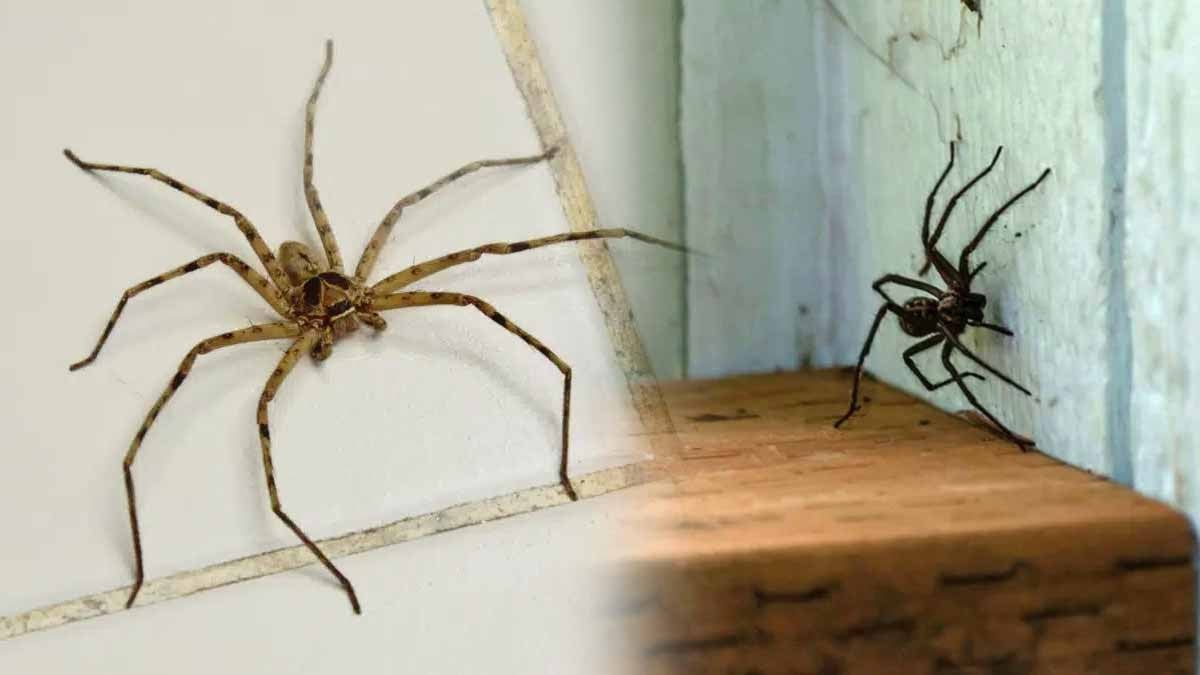Not Just Webs: What Spiders Can “Say” About Your Space
Across cultures, spiders symbolize patience, creativity, and quiet focus. Their careful web-building can feel like a reminder to slow down and take charge of your day.
Now, let’s keep it grounded. Beyond symbolism, their presence is practical. Spiders go where conditions suit them: stable temperatures, calm corners, and steady food. If your home has a few dark nooks and a bug or two, it’s an attractive address.
Why Your Home Looks Like a Eight-Legged Palace
Spiders follow the food. If you’ve noticed more flies, gnats, or moths, a spider likely has too. Basements, attics, under sofas, behind storage—quiet, low-traffic zones are five-star real estate to them.
What draws them in?
- Food supply: Gnats, fruit flies, pantry moths, and mosquitoes.
- Micro-climate: A bit of humidity and steady temps.
- Refuge: Cluttered corners and seldom-cleaned spaces.
None of this means you’ve done something wrong. It just means the conditions are right—for them.
Friend or Foe? The Honest Verdict
In most homes, spiders are harmless. They avoid people, and their venom (if any) is usually too weak to pierce human skin. What they do very well is pest control. They quietly reduce gnats, mites, and other insects you don’t want.
Not a fan? You don’t need harsh sprays. There are gentle ways to lower their numbers without hurting them—or you.
Simple, Humane Deterrents
- Mint mist: Add a few drops of peppermint essential oil to water. Lightly spray window frames, door trims, and room corners.
- Vacuum routine: Hit ceiling corners, baseboards, and under furniture weekly.
- Light control: Outdoor lights attract insects. Use warm bulbs or motion sensors to reduce the “bug buffet.”
- Food control: Cover fruit bowls; seal pantry items (especially grains and nuts).
When to Worry: Signs of a Bigger Issue
Seeing one or two? Normal. Seeing many at once? That’s a signal. A spike in spiders often points to an underlying problem you can fix.
- Excess humidity: Condensation, musty smells, or mold patches.
- Hidden insect source: Pantry moths, drain flies, or fruit flies breeding nearby.
- Entry points: Gaps in window seals, door sweeps, vents, or foundation cracks.
Quick Fixes That Work
- Run a dehumidifier in damp rooms; improve ventilation.
- Seal cracks and gaps around windows, doors, and pipes.
- Address the insect source: clean drains, refresh trash bins, store food in airtight containers.
- If the surge continues, bring in a licensed pro to identify the root cause.
What If You Let One Stay?
Each web is a tiny feat of engineering—pound for pound, spider silk can be tougher than steel. It’s inspired scientists, architects, and designers for good reason.
Try this: leave a spider undisturbed in a low-traffic corner for a week. Watch how it maintains the web, how it hunts, and how quietly it keeps other bugs in check. You may find your “eww” shifting toward “wow.”
A Balanced View: Respect, Boundaries, and a Tidy Home
Spiders aren’t monsters or mascots. They’re neighbors with a job to do. When you understand why they’ve moved in, you can respond calmly—tidy up, reduce humidity, seal entries, and use gentle deterrents.
